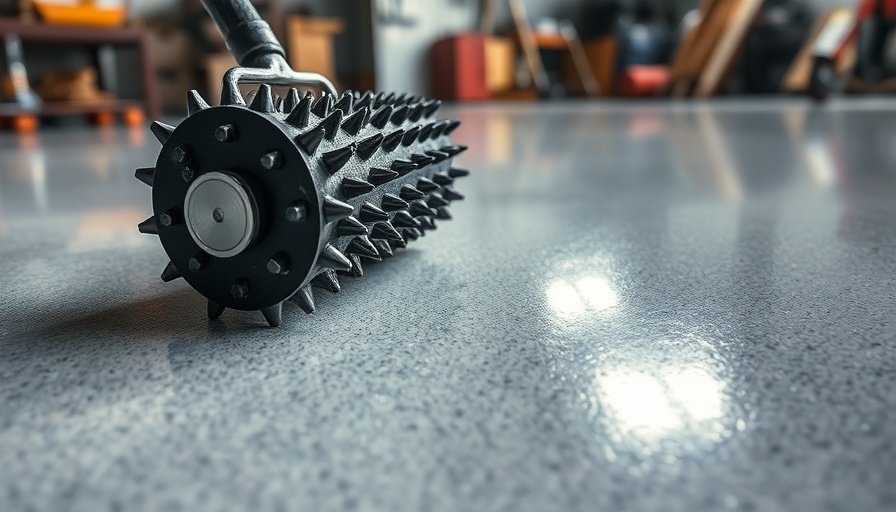
Begin Your Sauna Journey: Choosing the Perfect Location
Before embarking on your sauna-building adventure, the first step is to select the ideal location. A well-chosen spot can enhance your sauna experience significantly. Think about areas with easy access to water, electricity, and privacy. An outdoor space allows for the use of traditional wood-burning saunas, while smaller indoor spaces can accommodate infrared or electric saunas. Consider the availability of natural ventilation and proximity to your home, ensuring it's both convenient and enhances your relaxation experience.
Essential Materials and Tools for Constructing a Sauna
Having the right tools and materials on hand is paramount for a successful sauna build. Invest in high-quality wood (such as cedar or spruce) for its natural resistance to humidity, ideal for sauna environments. You will also need insulation materials, a vapor barrier, paneling, and a heater suited for your sauna type. Essential tools include a saw, drill, level, and various hand tools for assembly. A well-stocked toolbox sets the foundation for a smooth building process.
The Building Process: Step-by-Step Guidance
Constructing your sauna may seem daunting, but breaking it down into manageable steps simplifies the task. Start with constructing the walls and subfloor, ensuring they are sturdy and insulated. Next, bring in the wiring for your lighting, followed by installing the vapor barrier to maintain the steamy environment. As you install the paneling, pay attention to the aesthetics—choose wood with a pleasing grain for a visually appealing finish. Once the wiring is complete, it’s time to add the heater and stone collection, investments that will enhance your sauna experience. Lastly, install the benches, door, and other furnishings, ensuring each piece aligns with your vision.
Types of Saunas: Which One Suits You Best?
Choosing the right type of sauna depends on your preferences and space availability. Each sauna type combines unique benefits and costs:
- Wood-Burning Sauna: Traditional and rustic, it can cost between $3000 to $4500 or more depending on luxury finishes, making it ideal for those who enjoy a natural wood ambiance.
- Electric Sauna: Practical for urban areas, electric saunas also range from $3000 to $5000, providing convenience without smoke. They require less maintenance, making them appealing for city dwellers.
- Infrared Sauna: If you are looking for a gentler heat experience, infrared saunas start as low as $1300 and heat the body directly, making them excellent for smaller spaces.
- Smoke Sauna: A traditional option for purists, largely suited for temperate climates, offering an authentic experience without modern conveniences.
- Steam Room Sauna: Ideal for soothing lungs and skin, steam sauna installations typically range from $4000 to $6000, emphasizing durability and professional installation.
Simple Maintenance Tips for Longevity
Once you’ve built your sauna, proper maintenance ensures it remains a haven for relaxation. Regularly check for wood integrity, especially on areas from moisture exposure. Keep the heater clear of debris and wipe down surfaces after each use to prevent odor and buildup. If you have a wood-burning sauna, consider annual chimney inspections to avoid buildup hazards. Investing time in maintenance will prolong your sauna's life, ensuring it continues to serve as your getaway for years.
Embrace the Community Spirit: Share Your Experience
Building a sauna can foster connections within your community. Invite friends to contribute to your project, combining skills for a rewarding experience. After completion, host gatherings that encourage shared moments of relaxation and fellowship. These initiatives not only strengthen bonds but also enhance the emotional connection to your sauna, making it a memorable sanctuary for everyone.
Building a sauna is more than just a DIY project; it’s an investment in relaxation and wellness. Start your journey today, and transform your home into a retreat that celebrates comfort and community.
 Add Row
Add Row  Add
Add 




Write A Comment